What are the best locations to buy a HDB flat in Singapore? A real estate expert shares his top considerations for prospective homeowners hoping to resell in the future.
Almost every realtor says location is everything, but almost every location in land-scarce Singapore is bound to increase in price. So, where should HDB buyers really be shopping, especially if they’re gunning for capital gains by the end of their MOP?
To find out, we spoke with Harvey Chia, a seasoned real estate professional with nearly 20 years of experience in investments, advisory and brokerage. Ahead, he shares insights on taking a macro view and playing the long game in the real estate industry.
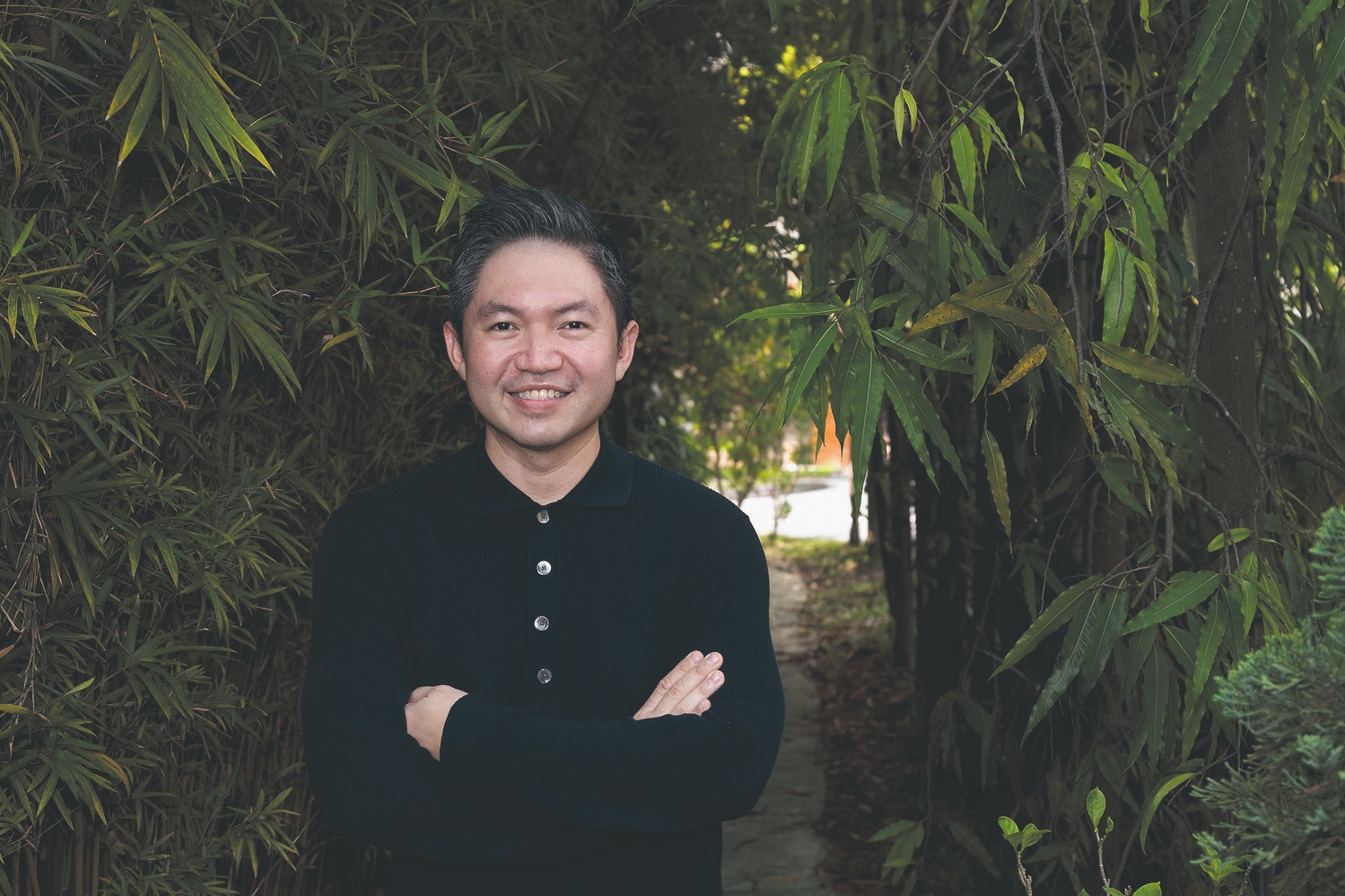
Why look at private home prices?
If you’re considering entering the HDB segment, you might assume that the condo segment is irrelevant. However, we would advise you to think twice. Harvey suggests that the price difference between a condominium and a HDB flat of similar size in the same neighbourhood can be an indicator of potential capital gains.
Let’s take the beloved CBD as an example. Just four years ago, it would have been hard to imagine purchasing a unit at Pinnacle at Duxton for $1,500 per square foot (psf), but today, such a price would hardly raise an eyebrow. In comparison, prices at Wallich Residences—high-end condos—range from around $2,000 to $3,000 psf.
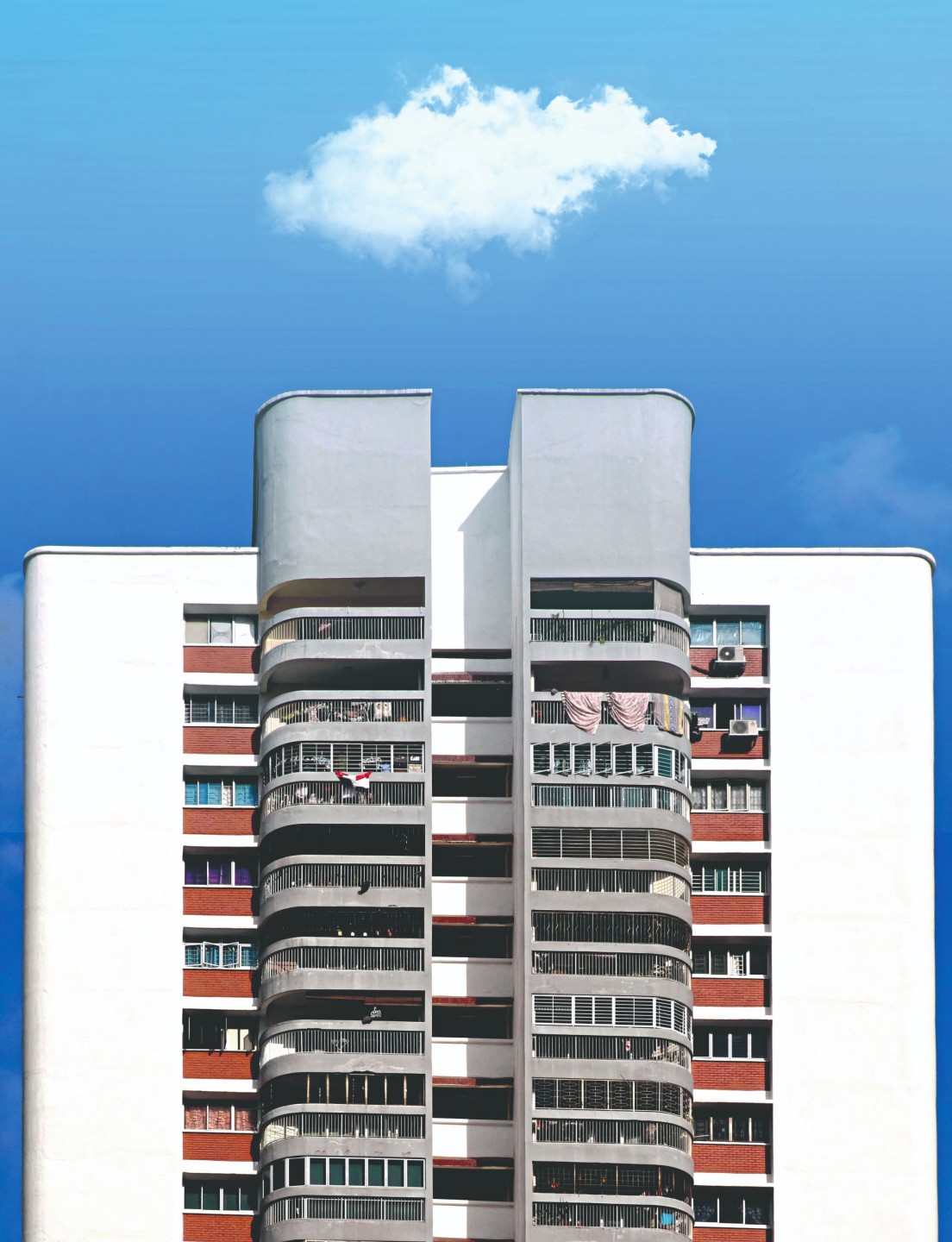
“The gulf in the pricing is double. When the price points diverge so much, people start looking at the neighbourhood and wonder: What is my next best option? Half the time, they end up in a HDB flat,” Chia explains.
This price difference has a waterfall effect, pressuring HDB prices in the vicinity to chase up, appealing to a group of buyers who prioritise space over the prestige of living in a private property. This begs the question: In what other locations does this phenomenon exist?
“You already see it happening in areas like Tanjong Pagar, Telok Blangah, Lower Delta Road, Tiong Bahru, Kallang, Lavender, Whampoa and Boon Keng. It’s all in the city fringe,” he shares. According to him, hidden gems can sometimes be found in pockets that are often overlooked. These include Lower Delta Road, Selegie, Havelock, Moulmein, Rangoon Road, Jalan Raja and Balestier.
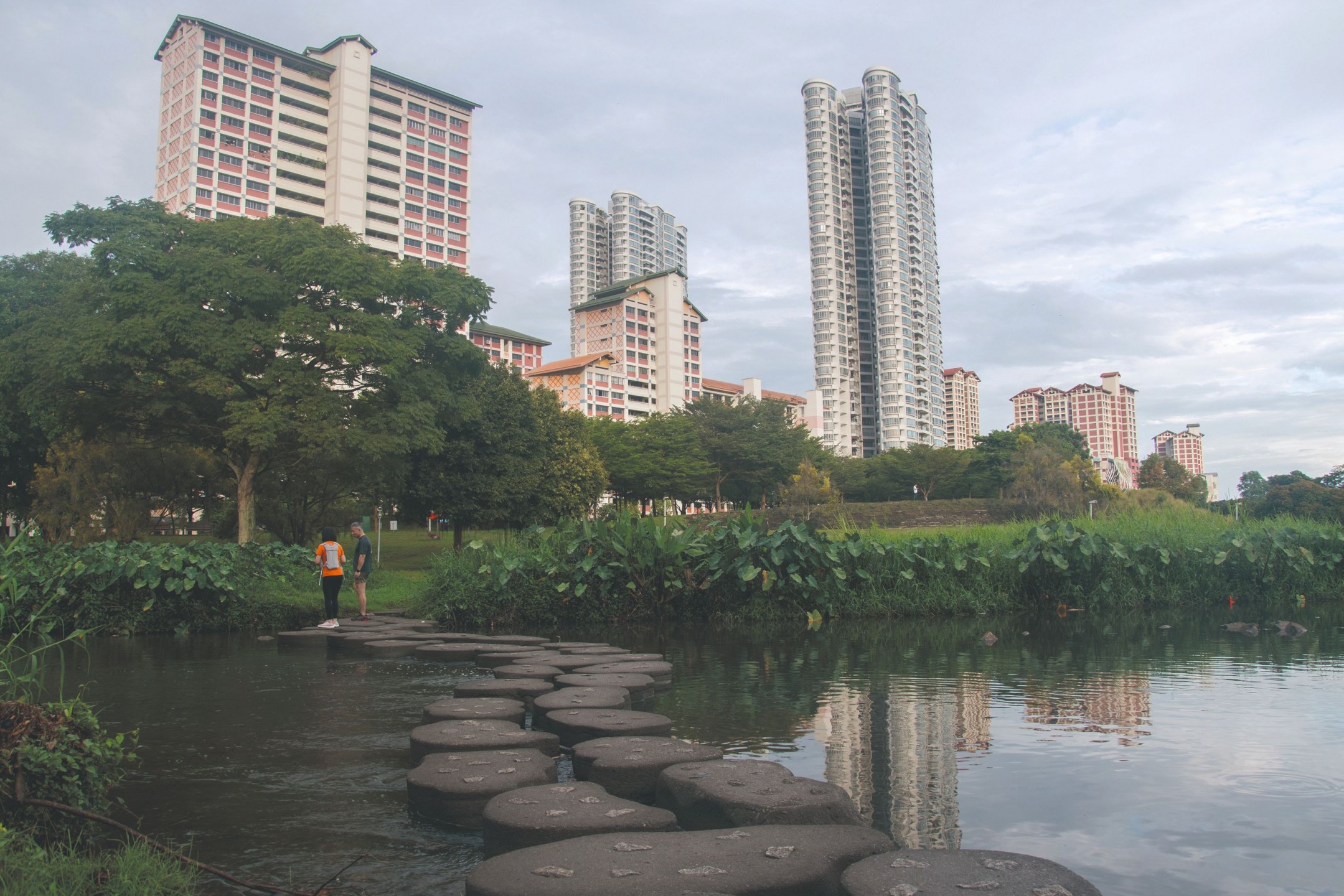
The “true centre” of Singapore has shifted
As the transportation network “shrinks” the country in terms of travel time, being near an MRT station is no longer a bonus but a basic requirement. For starters, Bidadari, which no one had even heard of years ago, will soon be surrounded by the Bartley, Woodleigh and Serangoon North MRT stations.
The launch of a new MRT line may generate buzz, but the level of influence on buyer behaviour differs. Consider the Thomson East Coast Line. One might expect a surge in interest in the north, but the numbers tell us otherwise.
Historically, Yishun, Woodlands, and Marsiling have been the least popular choices among HDB buyers. Nevertheless, if you’ve grown up in the north and see potential in the upcoming expressway, Yishun may well be your best shot. For a mature estate with established amenities, price points have yet to reach their peak, with North Park Residences leading the pack at $1,800 to $1,900 psf.
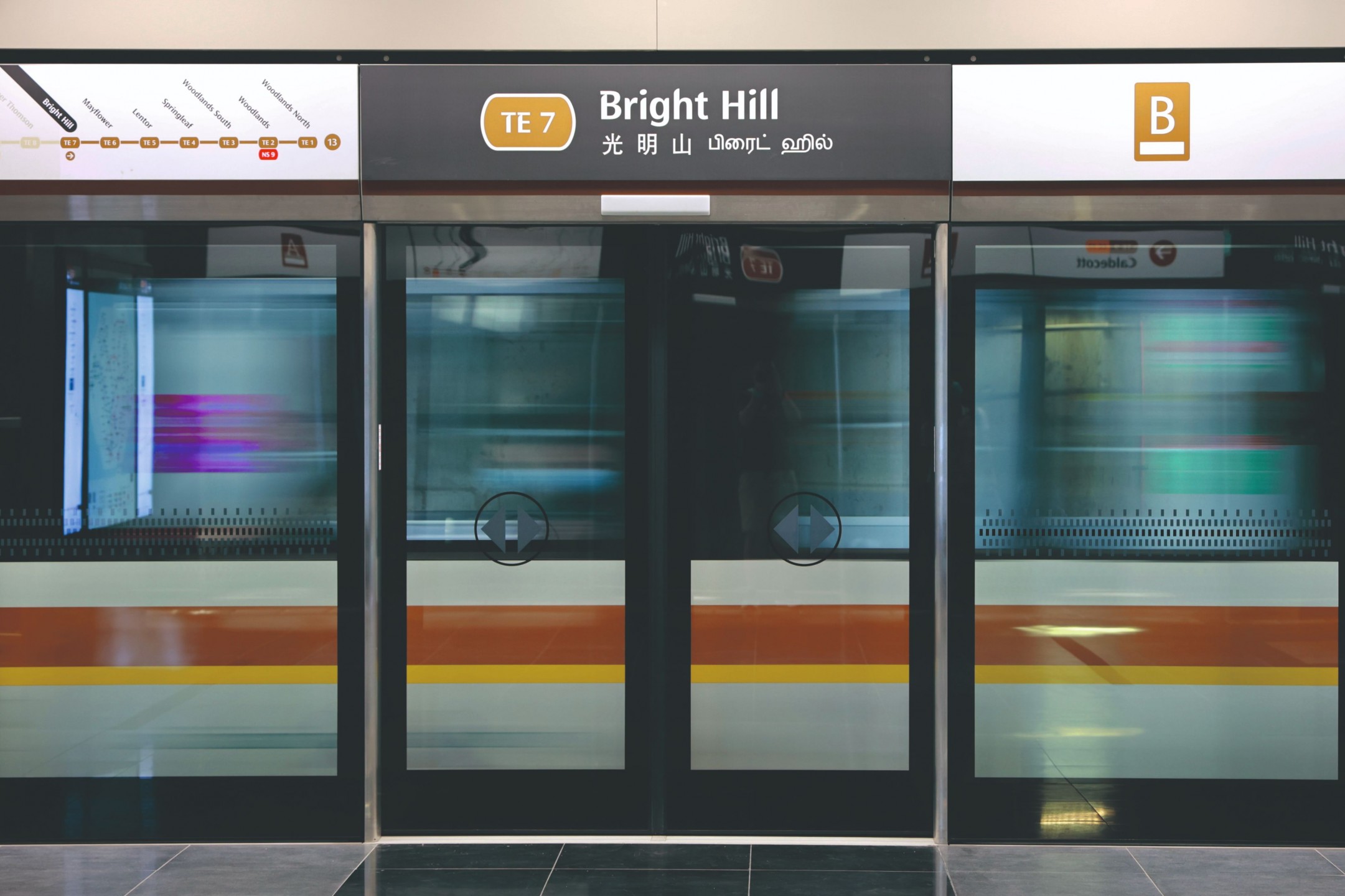
The Cross Island Line, on the other hand, is one to watch. Not only is it touted as the longest fully underground line, but it also promises to “serve existing and future developments in the eastern, western and north-eastern corridors, connecting major hubs like Jurong Lake District, Punggol Digital District and the Changi region”, in the words of the Land Transport Authority (LTA).
“It’s going to shift people into places they never considered previously, especially if they’re indifferent to the level of prestige,” says Harvey. He expects Bright Hill, Teck Ghee, Ang Mo Kio, Tavistock, Serangoon North and Hougang to displace Bukit Timah as the “true centre” in Singapore once it’s been completed. In fact, he has recently relocated to one of these neighbourhoods.
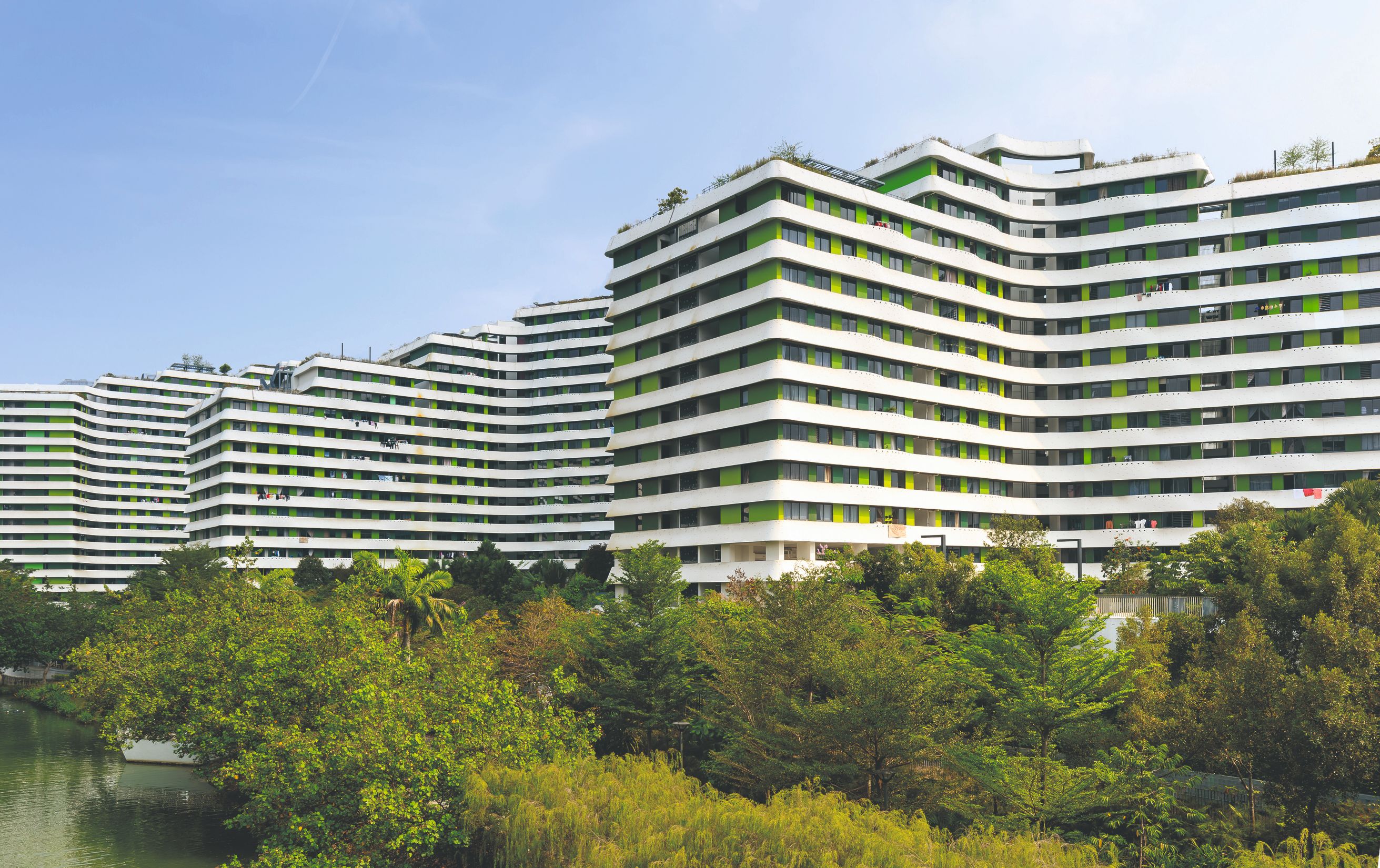
One master plan to rule them all
What about Punggol, then? Isn’t it poised to become Singapore’s Silicon Valley, with young families flocking to Punggol Waterway Point every other weekend? While Punggol has ambitious plans, it may have already peaked, says Harvey. The reason? Excessive inventory.
“There is an abundance of housing options in Punggol, and it houses the largest number of Executive Condominiums (ECs). Even if the area were to grow, I wouldn’t be betting my dollar on a sharp growth in its prices,” he explains.
On the other hand, Harvey believes that the master plan for Paya Lebar Air Base holds far greater promise. He foresees it to be the next go-to township and that estates in its fringe, such as Ubi, Defu and even Bedok North, will enjoy new interest.
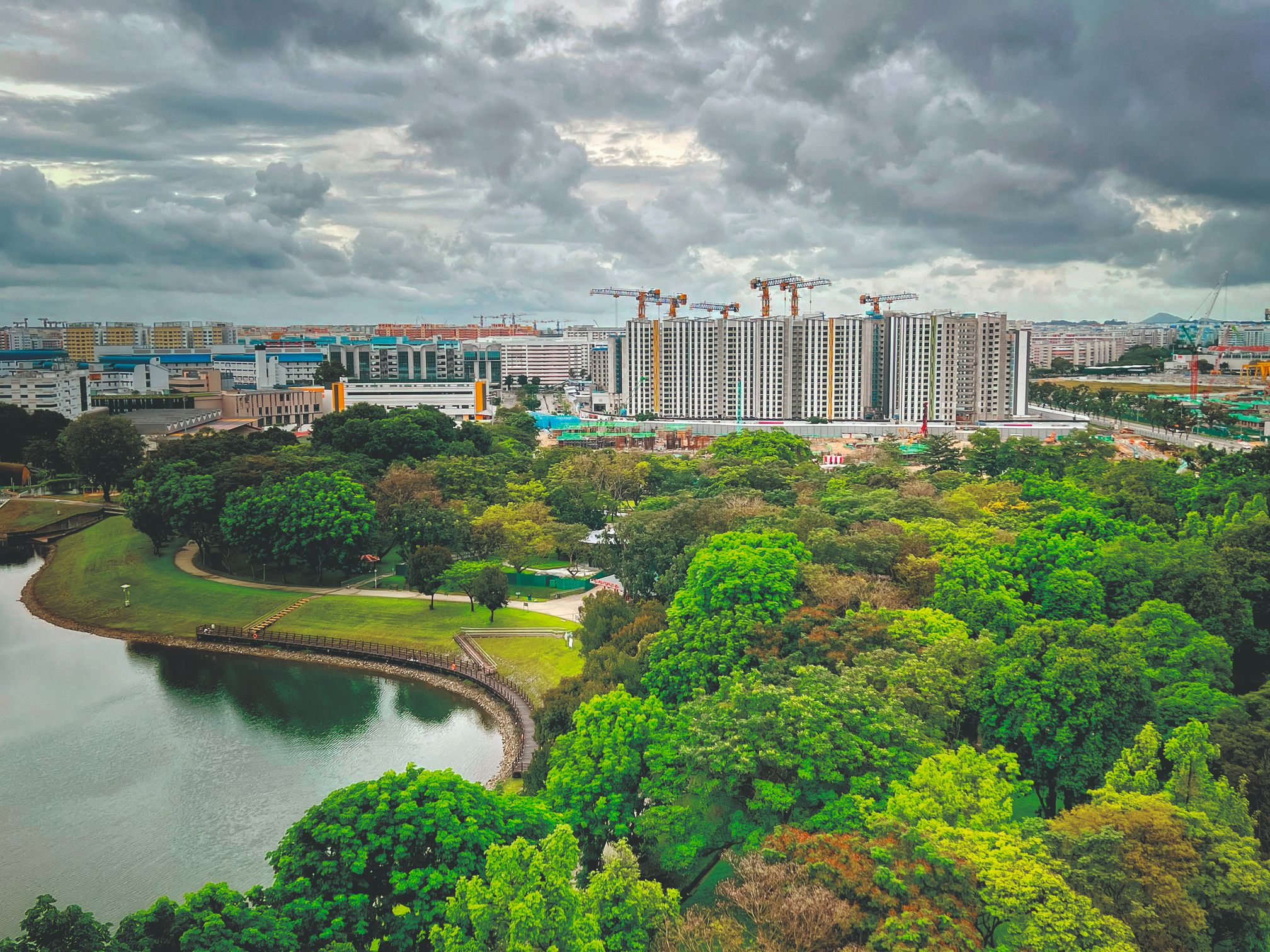
“There are growth stories all around, but I’m very logical. I always gravitate towards the largest one with a transformation that will last for years,” he says. Paya Lebar Air Base’s upcoming developments surpass other master plans in terms of scale—being five times the size of Toa Payoh—and a timeline with multiple phases of growth. It’s worth noting, however, that buyers who plan to exit in five years may not be able to leverage its growth. In the meantime, the best is yet to be.
Speaking of which, we haven’t forgotten the Anglo-Chinese School’s relocation from Barker Road to Tengah or the master plan in the latter. While Tengah could shape up to be a dark horse, public interest may prove to be lacking.
“Buying a home is an emotional decision. If a neighbourhood has failed to pique a buyer’s interest in their formative years, it’ll have a hard time appealing to them in their 30s. I have many clients who were unable to jump through that hoop even when the data is promising.”

If the east is just as far out, why does it have a leg up on the west? Harvey explains that historically, the west has been predominantly dedicated to industrial use while the east focuses on logistics and residential areas.While the west is coming out of its cage slowly but surely, with The LakeGarden Residences pushing the envelope at around $2,000 psf, it has yet to prove itself.
Meanwhile, what the east lacks in location, it compensates for with its lifestyle offerings—the proximity to East Coast Park, reputable schools and the airport is hard to compete with. Additionally, it was announced at the National Day Rally that the east (specifically Bayshore and Mount Pleasant) is marked for new BTO projects under the Plus classification. Even though these HDB flats will not enter the resale market in the next ten years, there may be a sliver of truth to what the easties say: east side, best side.



